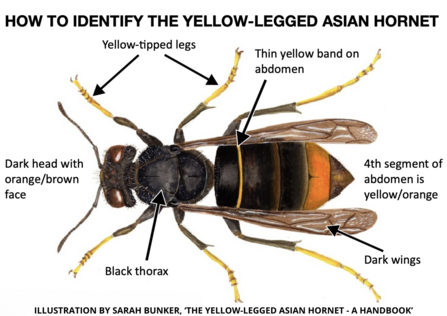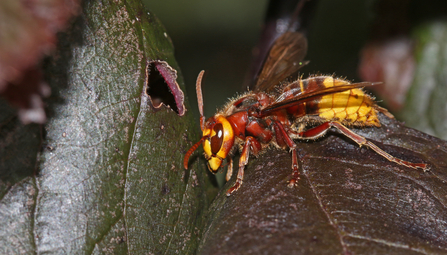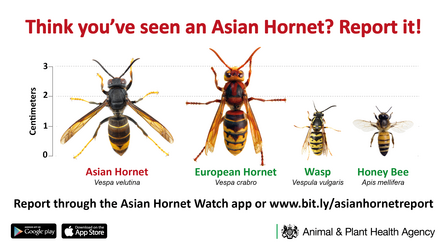The Asian, or yellow-legged hornet, has become established in mainland Europe and the Government’s National Bee Unit have been finding, identifying and destroying nests found in southern England since 2016 to prevent the insect becoming established in the UK. Of the 120 total sightings to date, most were in 2023 when 72 nests were destroyed.
So far in 2024, there have been 19 sightings and these have all been restricted to London, East Sussex and Kent. However, it is important that people across the country remain vigilant and report any sightings.
Steve Bloomfield, senior conservation officer at Worcestershire Wildlife Trust, explained “Asian hornets feed their young on invertebrates so the arrival of this non-native species to the UK poses a threat to our pollinators and other species. We’re one of the most nature-depleted countries in the world so it’s important to do what we can to help protect our beleaguered wildlife.
“Britain’s wildlife has evolved side-by-side with our native hornets for centuries but the arrival of Asian hornets, whose populations are able to expand more rapidly than those of our native hornets, pose a real threat.
“Our native hornets are rather docile gentle giants, unlikely to sting humans unless really threatened. Whilst Asian hornets won’t go out of their way to sting us, they are more aggressive than our native species. It’s really important that people understand the difference between the two so that they don’t inadvertently persecute the former and do report the latter.”



